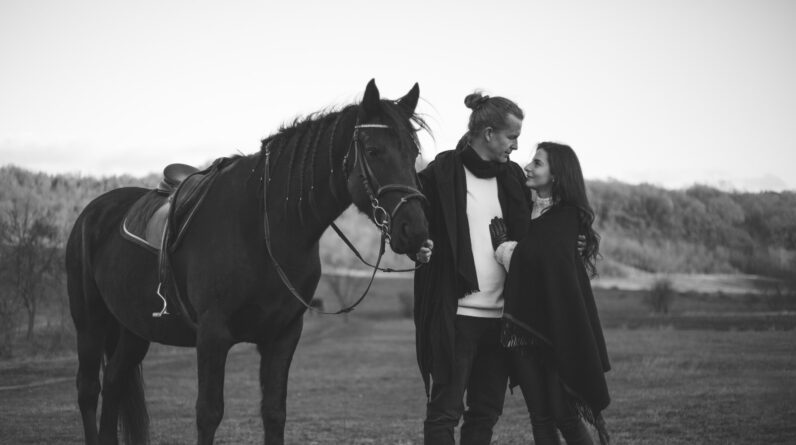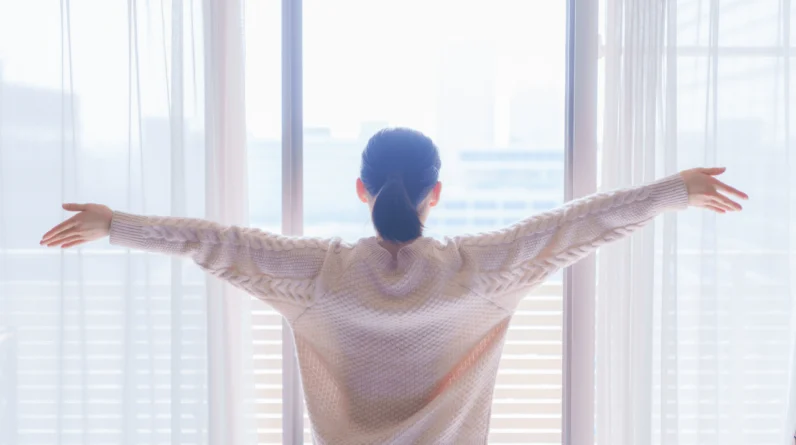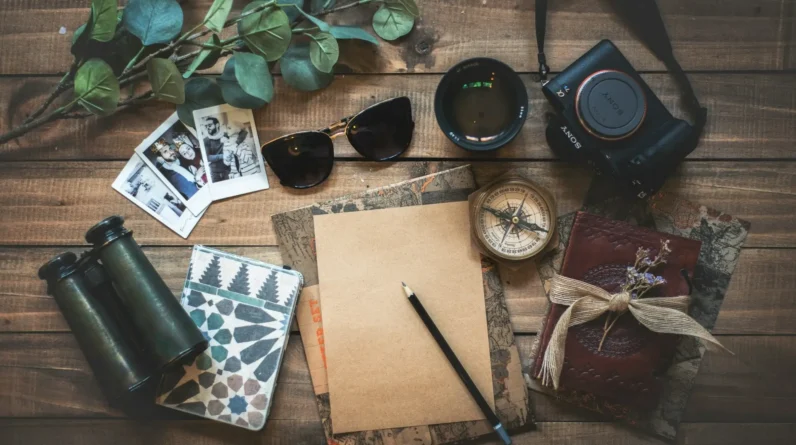
If I could advocate that frustrated daters do just one single thing before committing to their next partner, it’s figure out your attachment style.
What is an attachment style? I’ll summarize quickly: In the 1950s and 1960s, psychologists uncovered a few primary attachment styles in infants: secure, anxious and avoidant. Later on, disorganized attachment was added to the list of styles in children. The idea is simple: The bonds we form with our earliest caretakers will impact the relationships we’re prone to create for the rest of our lives.
In the 1970s, psychologist Mary Ainsworth pioneered a test called the Strange Situation Classification (SSC) to show how infants reacted when their caregivers left them in a room with a stranger. Secure children would cry and wail when their caretakers left, but were easily comforted upon return. Anxious children would become more intensely upset when their caregiver left and would often cling; when the caregiver eventually came back, they refused comfort and often resisted contact. Avoidant children acted undisturbed through it all. Later on, a fourth style, disorganized attachment, was identified as a hybrid of the two original insecure styles.
Why do these attachment styles develop? Well, for a long time, scientists blamed mothers (or primary caregivers) for the way children formed their attachments. Later on, an interactionist theory of attachment was developed — which I fully believe in. The idea is that, ultimately, your attachment style is formed through a mix of your innate temperament and the way your caretaker responds to your needs as a child.
Attachment style theorists propose that the attachment style of your childhood (caregiver-baby attachments) will eventually become the style of your adulthood (romantic attachments). For those trying to form romantic partnerships, there are four styles: secure, anxious, avoidant and fearful. I’d suggest taking an online quiz to solidify your answers. But you should identify with the statements associated with these styles, which researchers have put forth:
SECURE: “It is relatively easy for me to become emotionally close to others. I am comfortable depending on others and having others depend on me. I don’t worry about being alone or others not accepting me.”
ANXIOUS: “I want to be completely emotionally intimate with others, but I often find that others are reluctant to get as close as I would like. I am uncomfortable being without close relationships, but I sometimes worry that others don’t value me as much as I value them.”
AVOIDANT: “I am comfortable without close emotional relationships. It is important to me to feel independent and self-sufficient, and I prefer not to depend on others or have others depend on me.”
FEARFUL: “I am somewhat uncomfortable getting close to others. I want emotionally close relationships, but I find it difficult to trust others completely, or to depend on them. I sometimes worry that I will be hurt if I allow myself to become too close to other people.”
This is important for a few reasons:
- Lots of serial daters have insecure attachment styles, whereas serial monogamists tend to form romantic relationships more easily and take themselves off the market.
- Anxious types tend to be drawn to avoidant types and vice versa; this is absolutely the worst match for both, who will do best to get their needs met with someone secure.
- If you are insecure, you should start behaving according to your relationship needs upfront to make sure potential relationship prospects can respond to them.
I’d recommend the book Attached by Amir Levine and Rachel Heller (A++, 10/10 would recommend) if you’re interested in more information on attachment styles in adult relationships. For more on my personal journey with attachment theory, you can also read my essay on Health.com. However, right now, I’d want to point out something simple for a lot of daters out there: Looking for a secure-attacher can give you a lot of peace.
SECURES TENDS TO BE:
- Comfortable with intimacy, as the depth of the relationship warrants at a given time; does not “love bomb.”
- Unafraid of commitment, or responsibilities relating to a romantic relationship.
- Close with family and/or has a circle of friends they can turn to for support.
- Responsive to your needs as you make them known or apparent.
Secures are kind of like clay, in that they are super-adaptable; you can mold them into pretty much anything, based on the needs of the relationship. They also think about their relationships a whole lot less than those who are insecure, which is actually really healthy and functional. Oh, and bonus: The more time you’re with a person who’s secure, the more secure you will become as a result. They less you will worry about the relationship. The less chance the relationship will dissolve.
So, what’s my advice? For insecure people? Look for someone who is secure, or enter a relationship with another insecure attacher with the utmost awareness that you’ll need to compromise to meet each of your needs (anxious and fearful will get a little less intimacy; avoidant will get a little less distance). Put forth your needs upfront to see if the person you’re dating can meet them appropriately. Beware of the intense chemistry of insecure attachments (that feel like they may fall apart at any moment, how exciting!), or of anyone who idealizes you.
Have you found attachment theory helpful?







